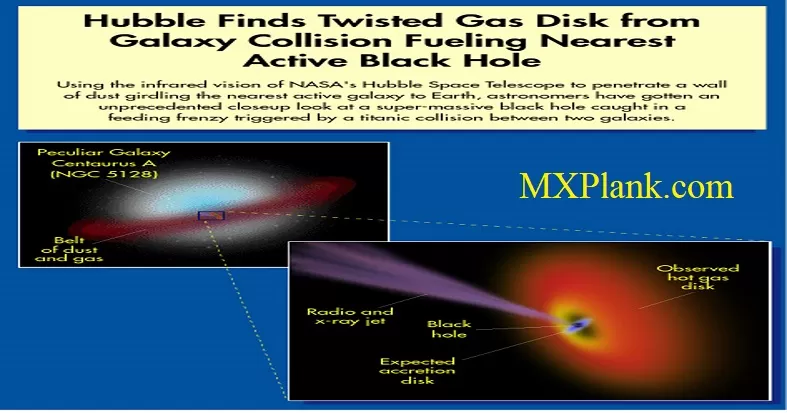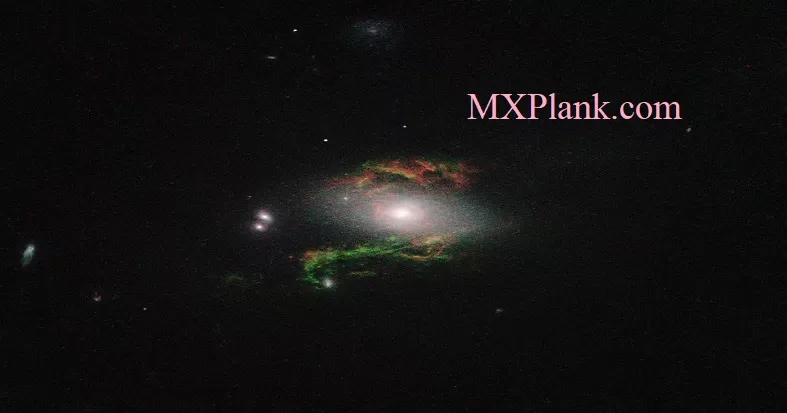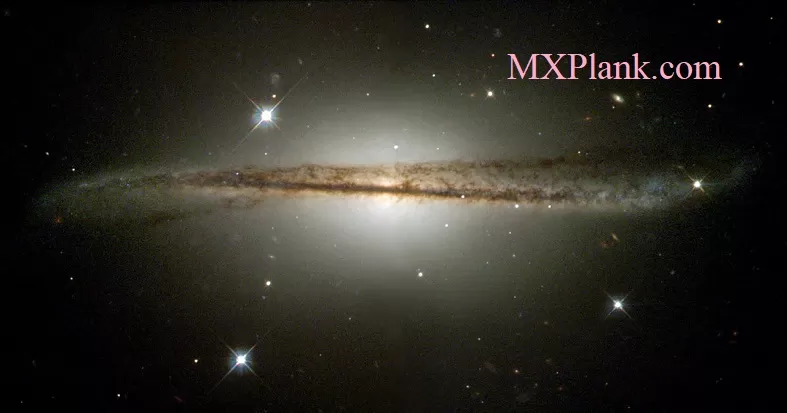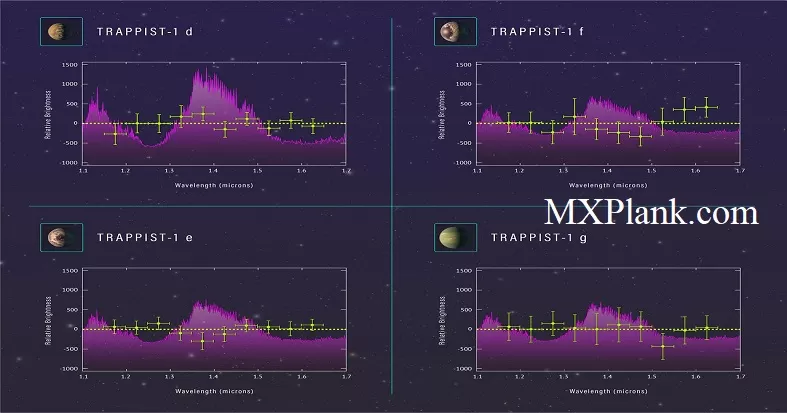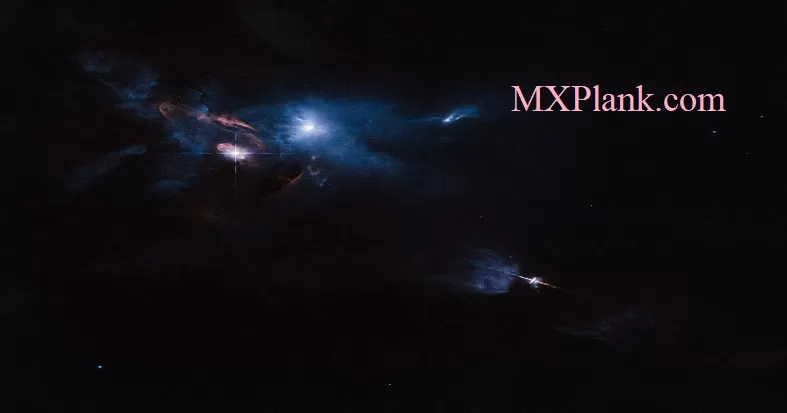Object TMR-1C
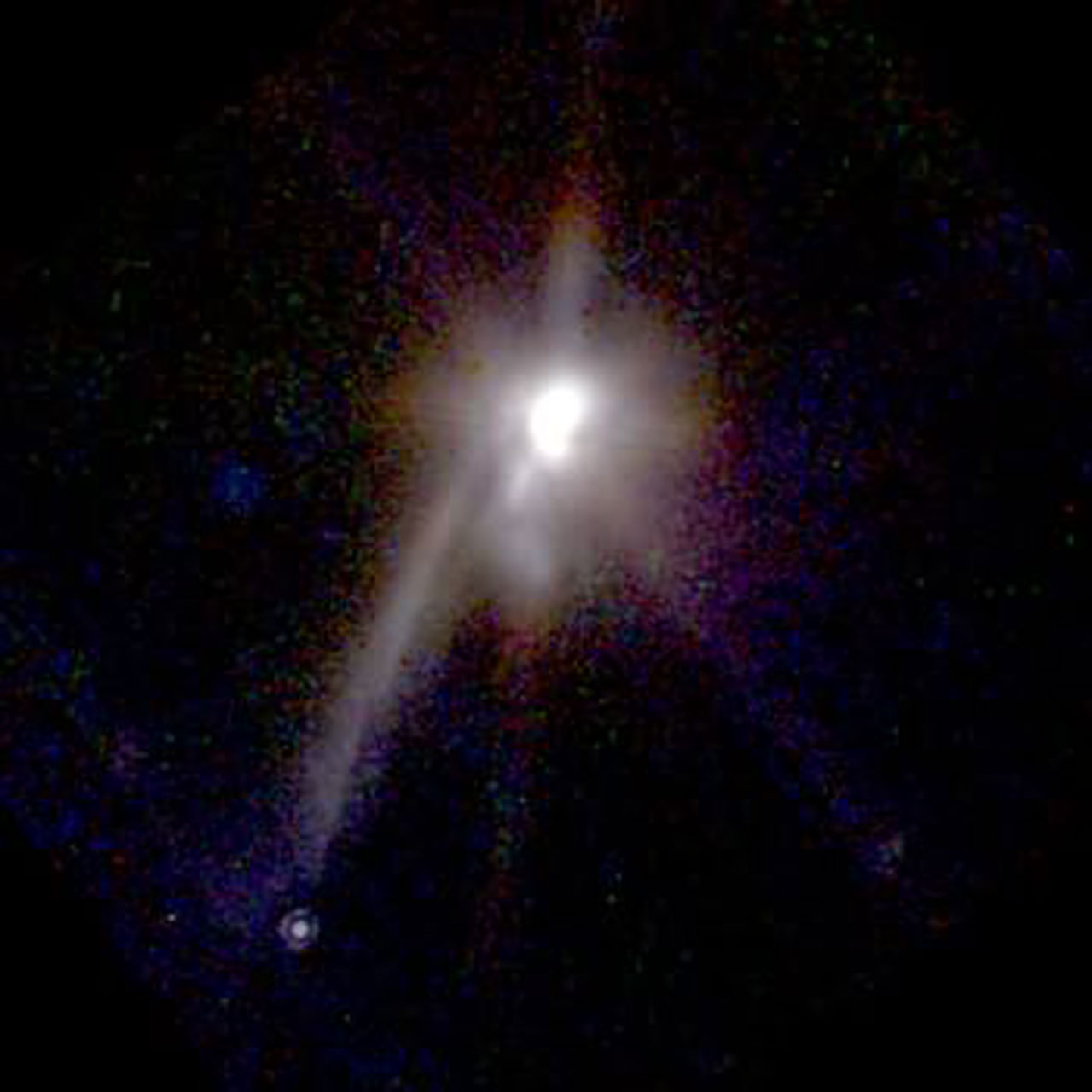
Follow-up observations of an unusual object initially suspected to be the first directly detected planet outside our solar system have shown that the object is too hot to be a planet. Astronomers now believe it is more likely that the strange object is a background star whose light has been dimmed and reddened by interstellar dust, giving the illusion that it is in the vicinity of the double star system in which it was initially believed to have been a planet.
TMR-1C is a candidate runaway protoplanet. Hubble Space Telescope NICMOS images of the Class I protostar TMR-1 (IRAS 04361+2547) reveal TMR-1C as a faint near-infrared companion with 10.0"=1400 AU projected separation. The central protostar is itself resolved as a close binary with 0.31"=42 AU separation, surrounded by circumstellar reflection nebulosity. A long, narrow filament seems to connect the protobinary to the faint companion TMR-1C, suggesting a physical association, which can plausibly be explained if TMR-1C was ejected by the protobinary.
This post presents near-infrared grism spectroscopy to constrain the effective temperature of TMR-1C, obtained with the Near-Infrared Camera (NIRC) at Keck Observatory. To interpret the data, we construct a grid of extincted M dwarf spectra to compare with the low-resolution (R~120) NIRC spectrum. The assumed extinction corresponds to standard interstellar dust. With the additional assumption that no near-infrared dust excess contributes to the spectrum, then M4.5 is the latest spectral type TMR-1C can have within the uncertainties. Adopting 2 s error bars, this translates to Teff>2700 K effective temperature and AK=2.5+/-0.75 extinction at K band (AV=22+/-6.6 for standard dust).
We compare the luminosity and effective temperature of TMR-1C with evolutionary tracks of young giant planets and brown dwarfs in a theoretical H-R diagram. Given a relatively low inferred luminosity of ~10-3 Lsolar, then TMR-1C is hotter than predicted by available theoretical models. However, the models are very uncertain at such young ages, less than 300,000 yr, so that it is unclear whether the theoretical tracks by themselves provide a suitably strong test. Given the quality of the observed spectrum, only a partial answer is possible. The new data do not lend weight to the protoplanet interpretation, and the results remain consistent with the explanation that TMR-1C may be a background star. We discuss additional observational tests that may be useful.
Originally suspected to be the first directly detected planet outside our Solar System follow up observations have shown that the object is most likely a background star whose light is has been dimmed and reddened by interstellar dust. Even newer observations have now brought the phantom planet back from oblivion.
It seems that TMR-1C is a protoplanet, located about 1 000 AU from its host stars, which are in the center of this NASA/ESA Hubble Space Telescope picture. However the true nature of TMR-1C is still unclear and needs further investigation.
Credit:
S. Terebey (Extrasolar Research Corp.) and NASA/ESA
NASA/ESA and The Hubble Heritage Team (STScI/AURA)
S. Terebey (Extrasolar Research Corp.) and NASA/ESA
NASA/ESA and The Hubble Heritage Team (STScI/AURA)

